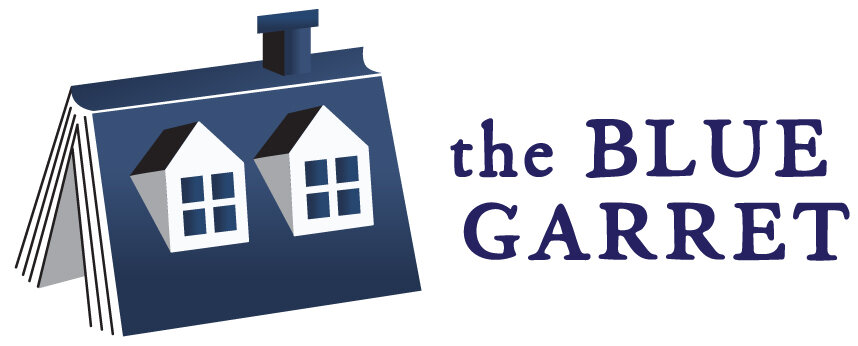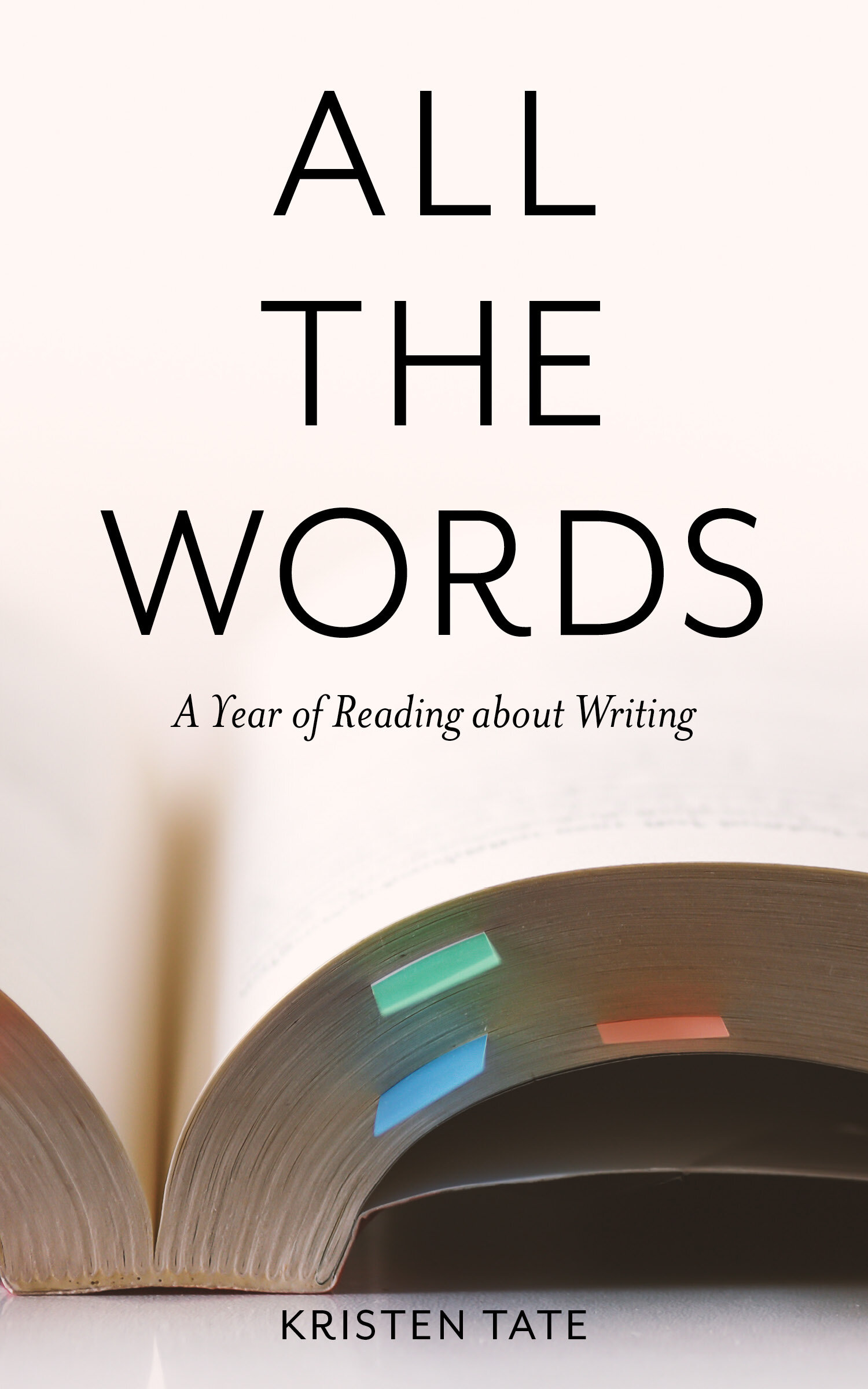Writing the Breakout Novel, by Donald Maass
This is part of a series of weekly reviews of writing craft books written in 2019, later revised and collected in Kristen’s book All the Words: A Year of Reading About Writing. Read the first chapter or buy the book in our Shop.
It is week forty-four of 2019. How’s the writing going? Are you participating in NaNoWriMo (National Novel-Writing Month) this year? It’s not too late to start, even if you have only a germ of an idea. Completing ten or twenty thousand words of exploratory writing can be enough to understand your characters and feel your way towards a plot or a theme, at which point you can step back and productively plan out the rest of a draft. There’s a thriving community on Twitter ready to keep you company and cheer you on.
This week’s book, Writing the Breakout Novel: Winning Advice from a Top Agent and His Best-selling Client by Donald Maass, is frequently cited by editors discussing knotty craft problems and now I know why. Maass pushes past the basics on every topic he covers, delivering fresh insights about important aspects of craft.
Here are some of my favorite takeaways:
On setting: don’t focus on “how a place looks but its psychological effect on the characters in your novel”; give your characters “an active relationship to place” by showing their “growth (or decline) through their relationships to their various surroundings.”
On character: write “larger-than-life characters” who “act in ways that are unusual, unexpected, dramatic, decisive, full of consequence and are irreversible”; breakout characters also have a “sense of self-regard. Their emotions matter to them. They do not dismiss what they experience.”
On plot: look for complex conflicts, rather than clear good versus evil; “consider motivating your main characters in mixed ways. Put them in situations that are strong but in which the right path is not obvious”; remember that “the the hero’s journey is not a universal plot cure” – there are alternate forms that might work better for your story.
On subplot: find nodes of connection where your subplot impacts your main plot; see if you can combine roles for secondary characters, so that they have more than one relationship with your main character.
On voice: “To set your voice free, set your words free. Set your characters free. Most important, set your heart free. It is from the unknowable shadows of your subconscious that your stories will find their drive and from which they will draw their meaning. No one can loan you that or teach you that. Your voice is your self in the story.”
On theme: “If authentic, theme is not something apart from story but something intrinsic to it. It is not embedded, but rather emerges.”
Basics are important, and writers need to learn those first. (My recommendations if you want to start with the basics: Chuck Wendig’s Damn Fine Story, Janet Burroway’s Writing Fiction, Lisa Cron’s Wired for Story.) But if you are a couple books into your writing career and feel like you are pushing the boundaries of what you already know, Writing the Breakout Novel will show you some techniques that will deepen and enrich your writing.
Writing the Breakout Novel came out in 2001, and so the framing chapters about the publishing business are dated. Likely you are not worried that your editor is going to be “bolting to a dot com,” nor are you going to send your query via snail mail with a SASE. However, the craft advice, despite the predominantly mid-1990s examples, feels fresh. And there was only one WTF moment for me in this book, when Maas suggests that the dichotomy of Ashley Wilkes and Rhett Butler in Gone with the Wind originated in the contrast between Rochester in Jane Eyre and Heathcliff in Wuthering Heights, which makes me believe that Maas has not ever read Jane Eyre.
What I like about this book (and some others I’ve covered this year, like James Scott Bell’s Write Your Novel from the Middle) is that Maass starts from a question: what sets a breakout novel apart from other novels? And then he reads books to answer his question. In one chapter, he tells us that he is writing from a hotel room, without access to his library, so he strolls down to a nearby used bookstore, spots a copy of Carson McCullers’s Member of the Wedding in the bargain paperback bin, and uses it as an example of how to use “bridging conflict,” a tiny bit of tension, to keep readers engaged and moving forward in the story.
Y’all, this strategy is open to you too! What are you struggling with? Maybe your big question is how to introduce readers to your fantasy world without drowning them in detail. Go to your shelves or go to your local library and see how other authors have solved this problem (librarians love answering questions and offering advice – try them). As I’ve said many times in this newsletter, I think reading constantly is one of the best (and most enjoyable) things you can do to improve your writing. But re-reading – coming back to books you admire with specific questions – can teach you even more.
Here’s to breaking out, y’all,
Kristen
Check out our Resources page for more in-depth articles on writing, revising, polishing, and publishing your novel. Sign up for our weekly newsletter for fresh content, and you’ll also get our free PDF with recommended reading for writers!



